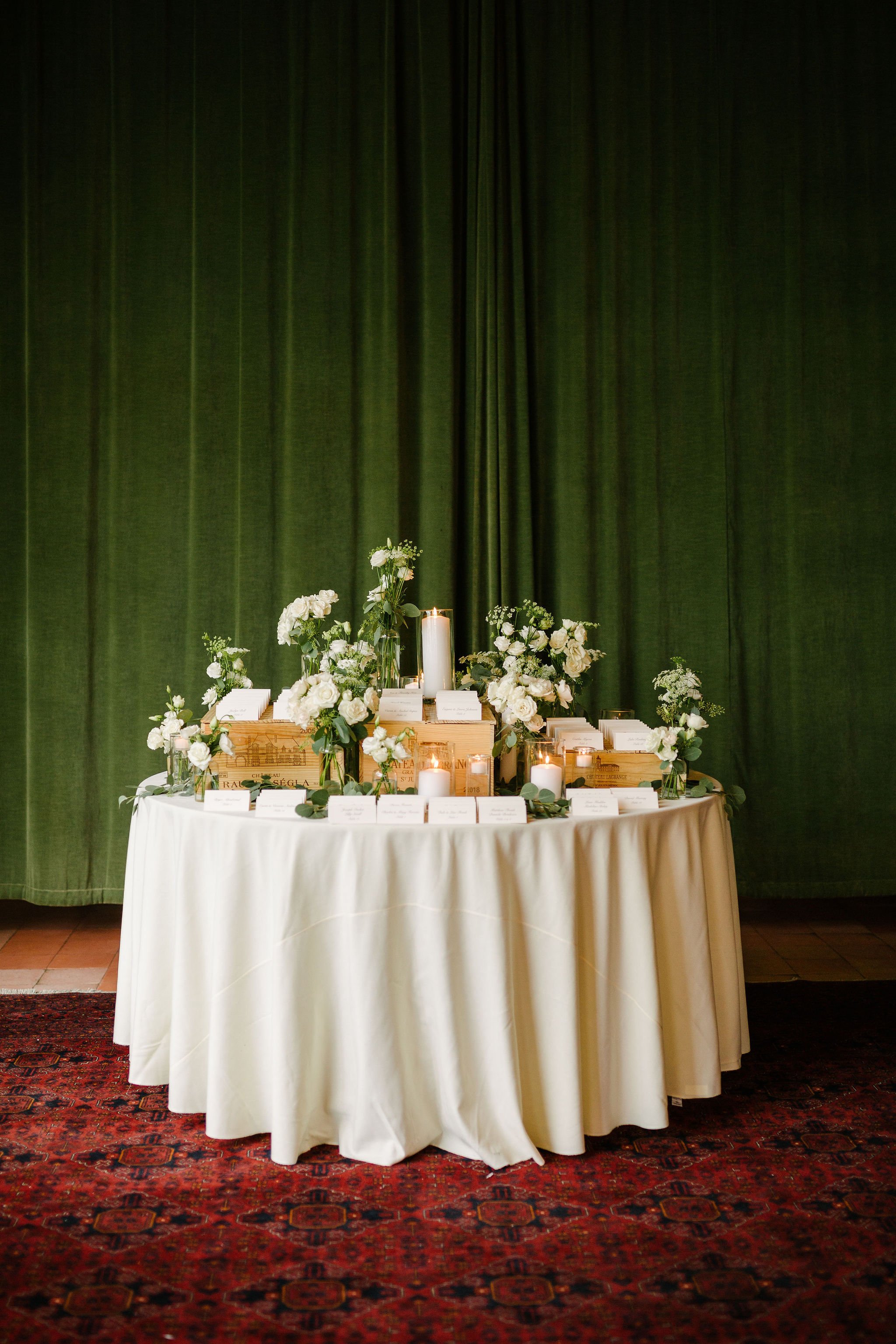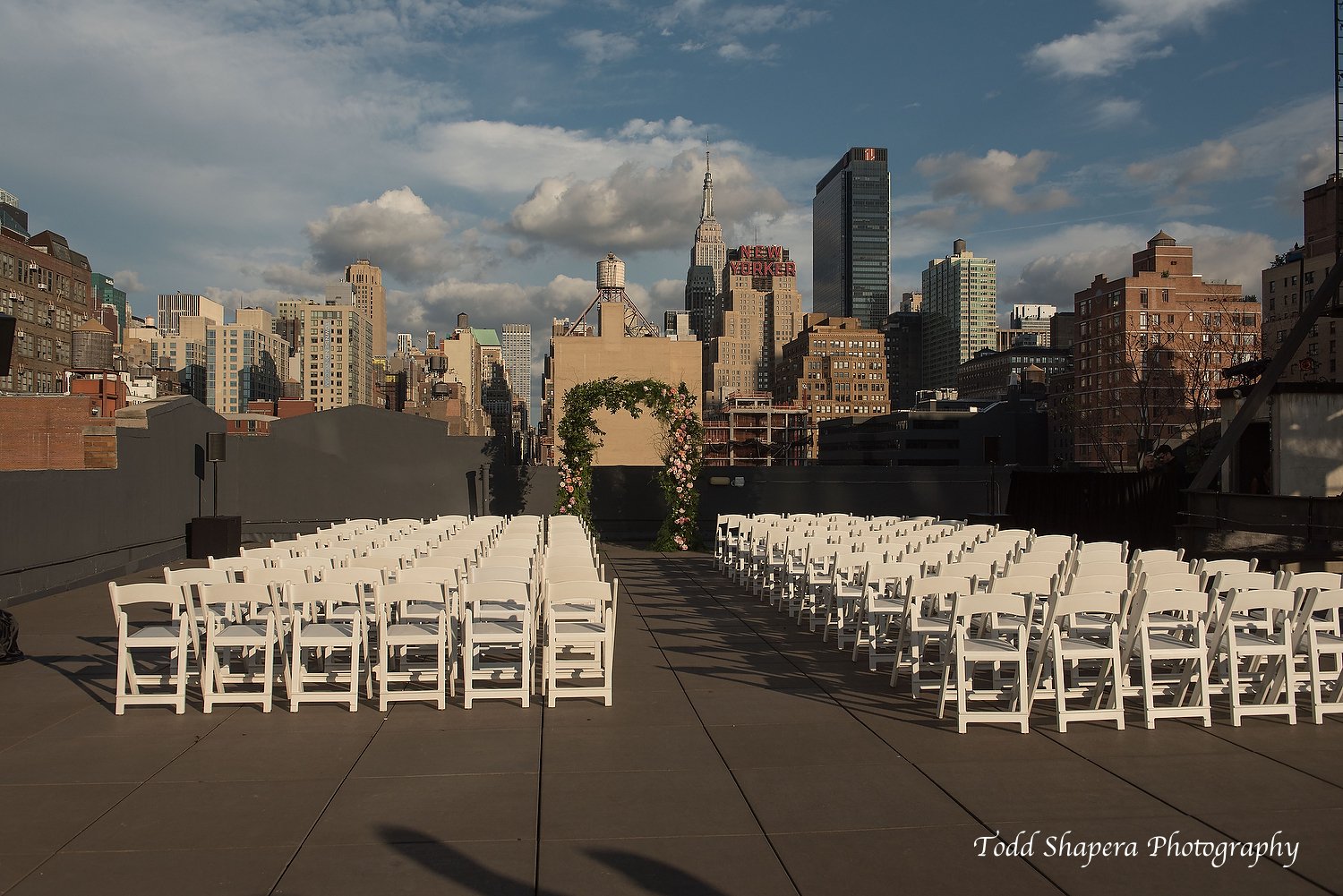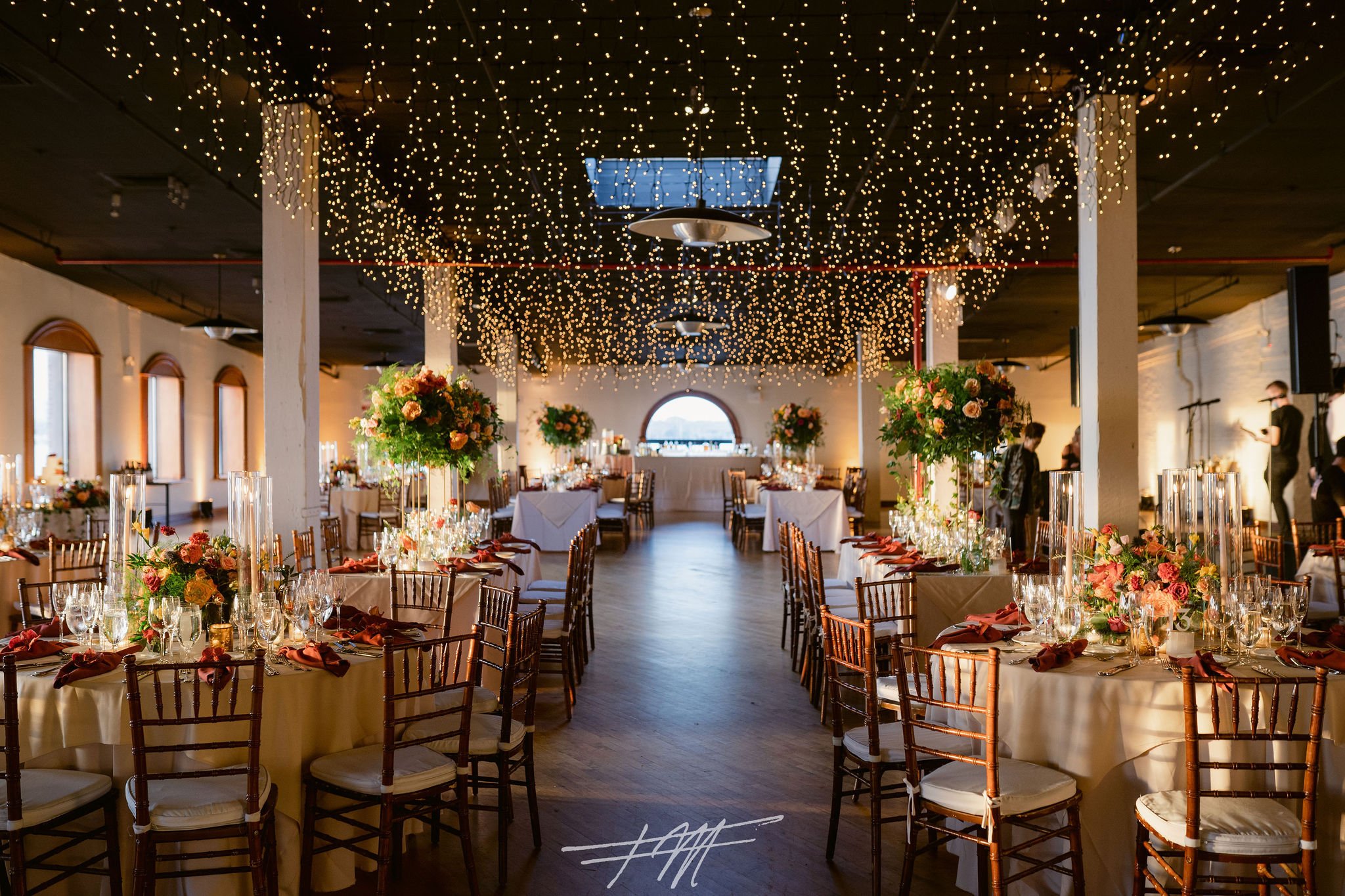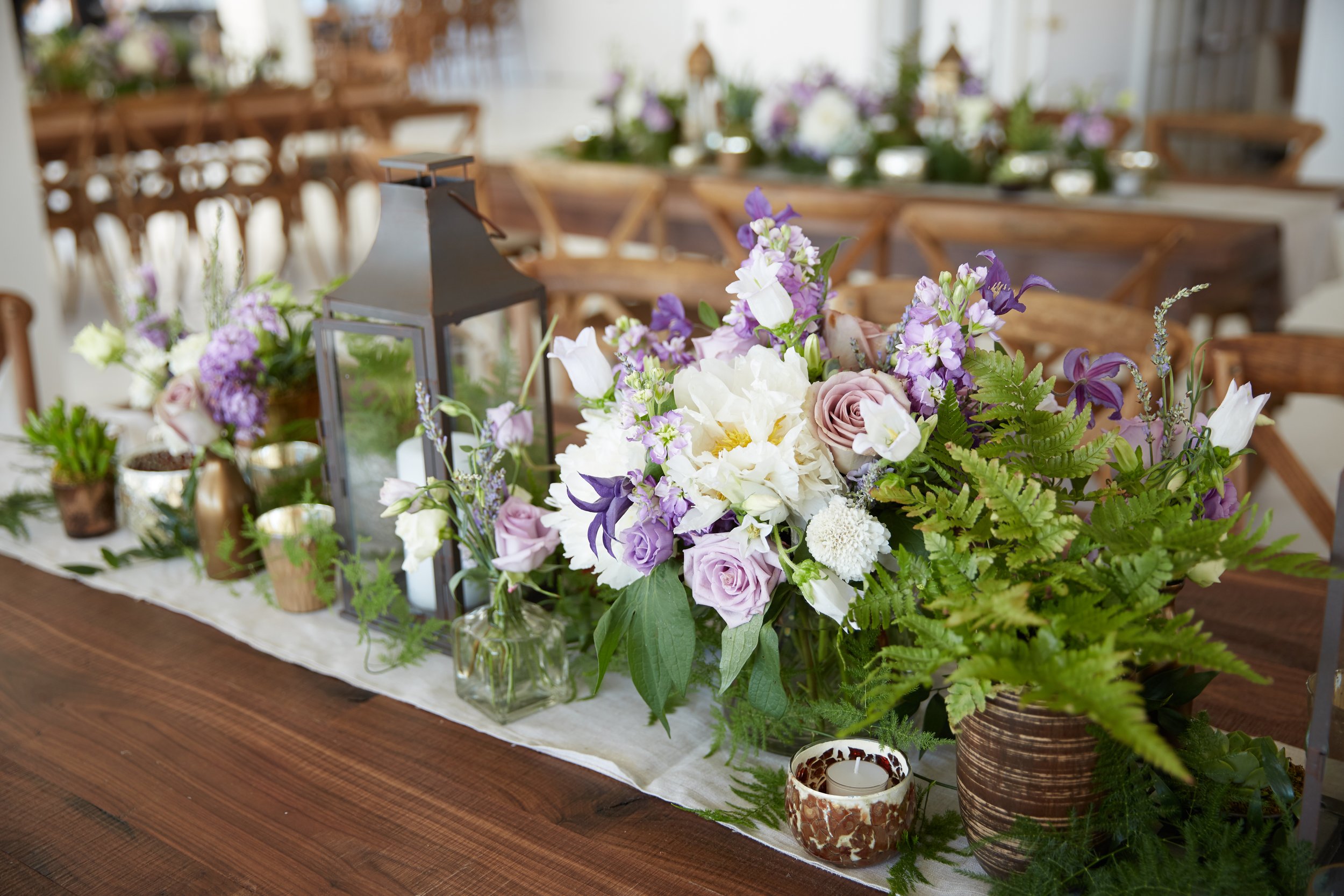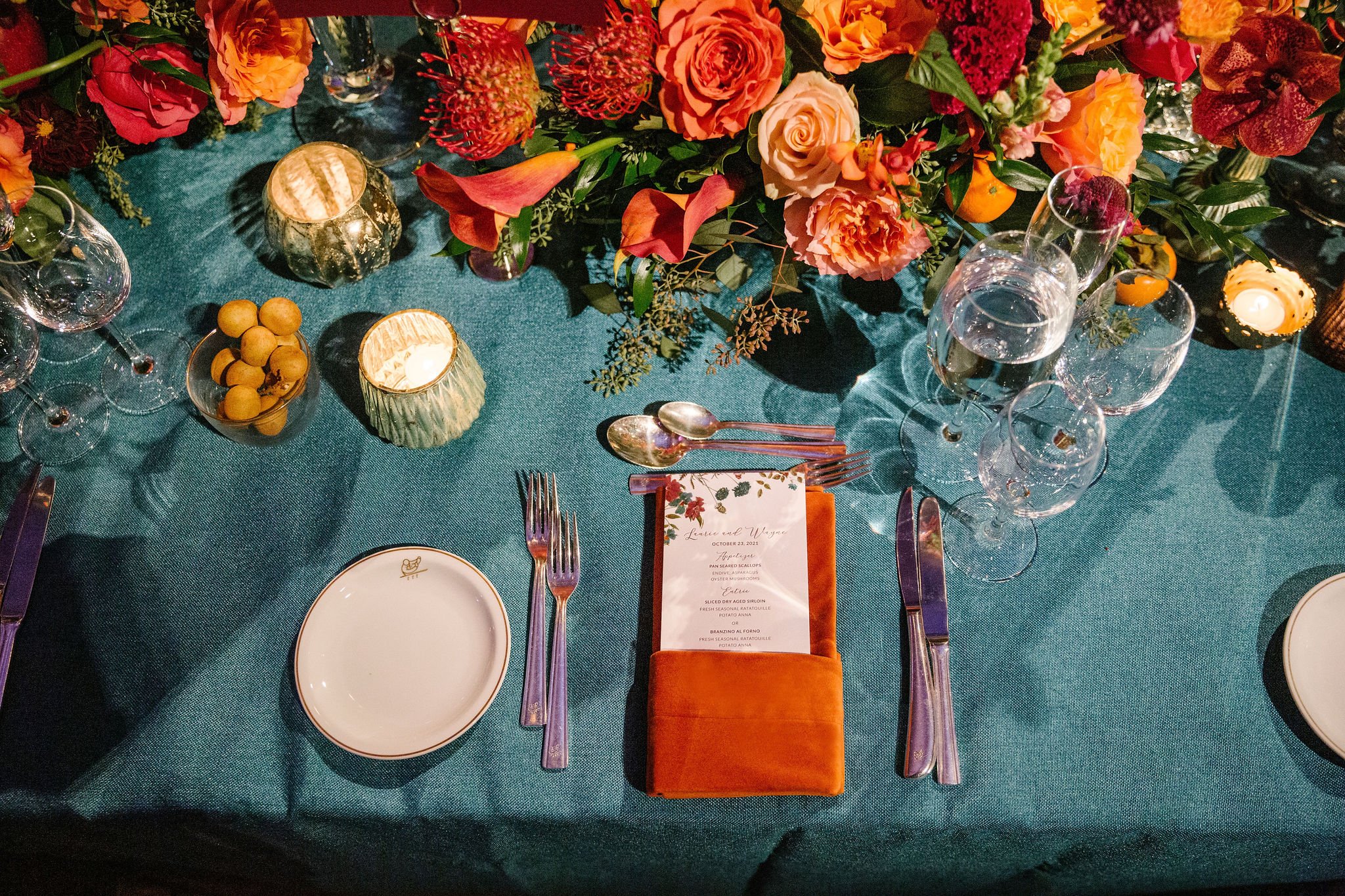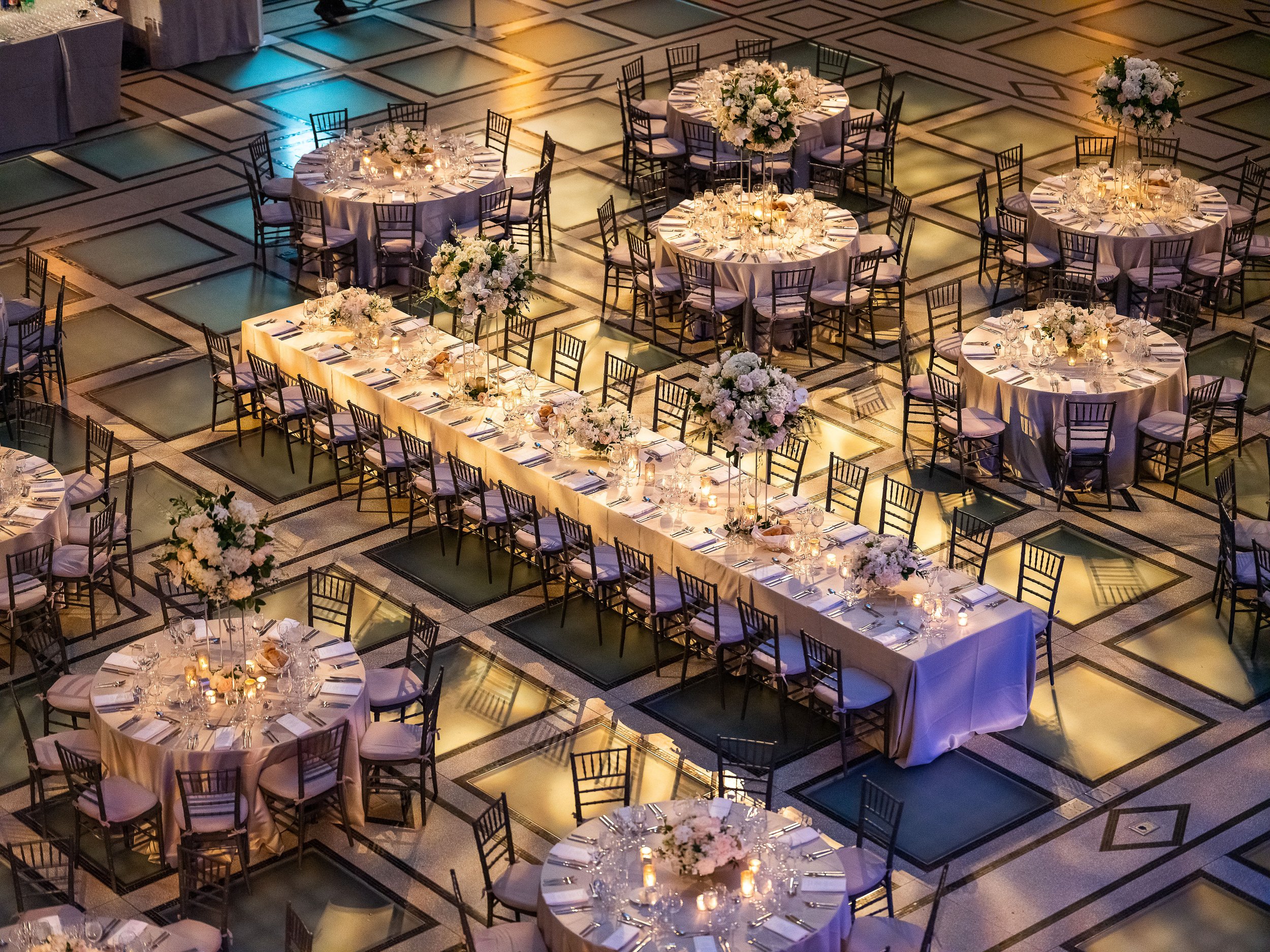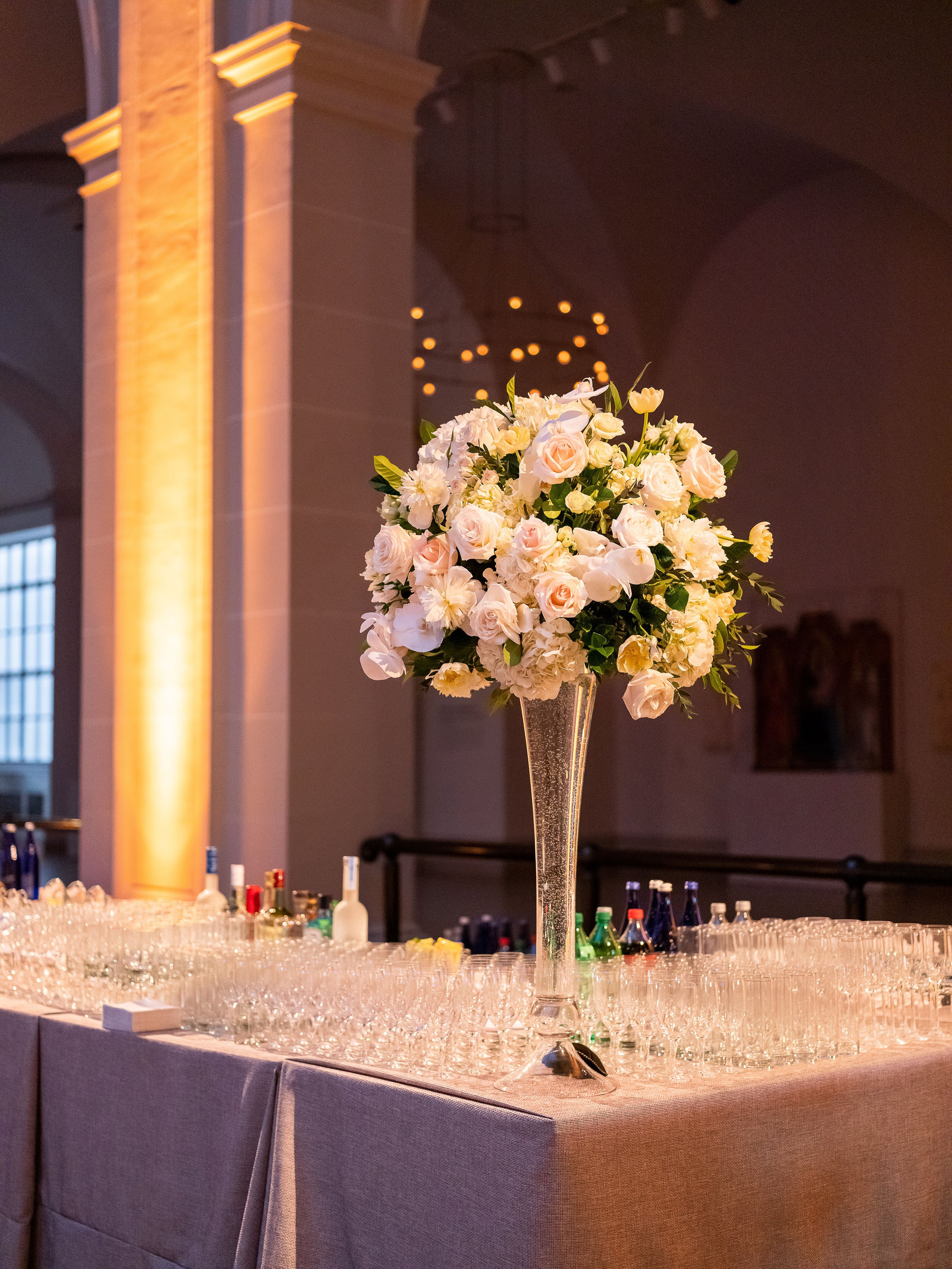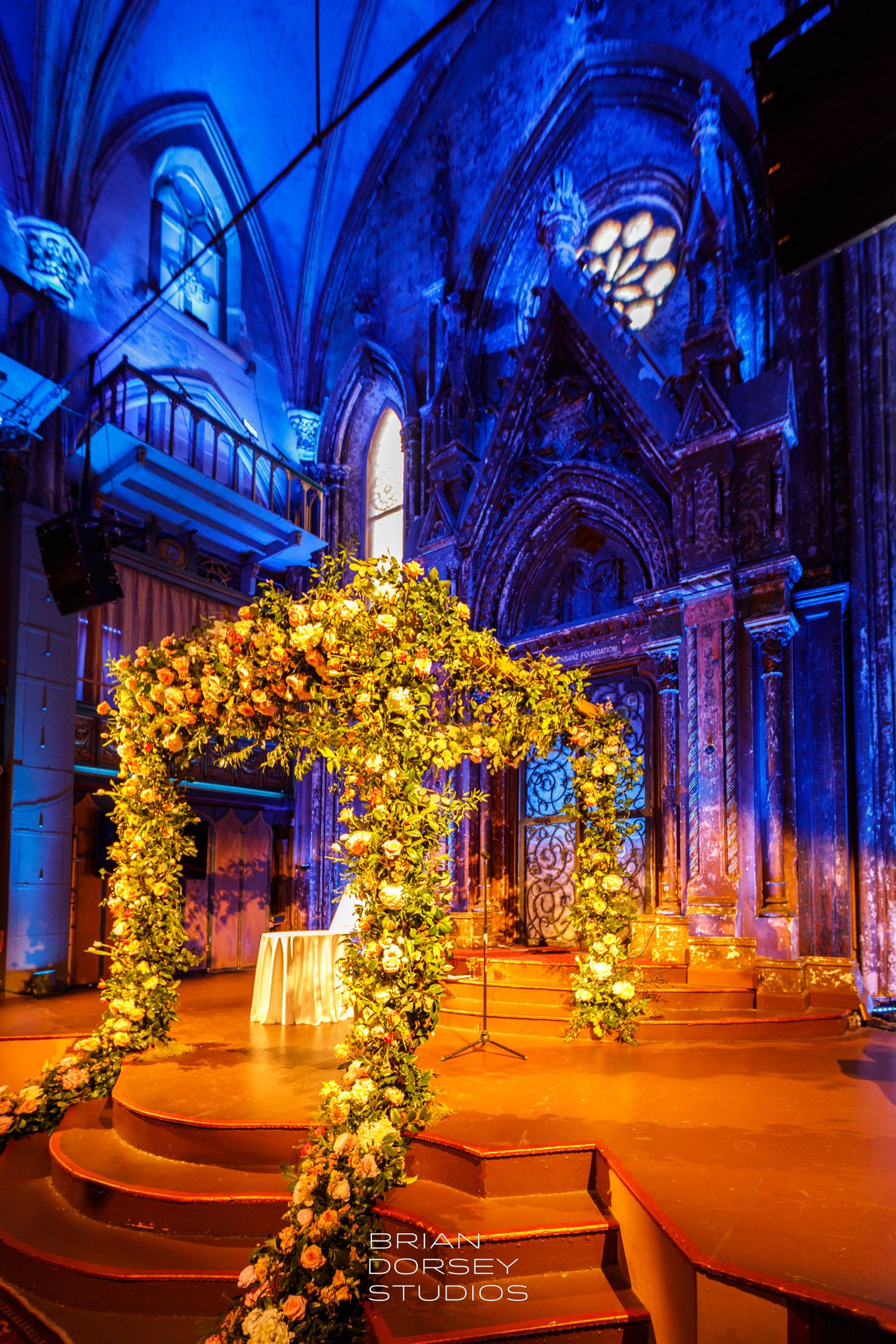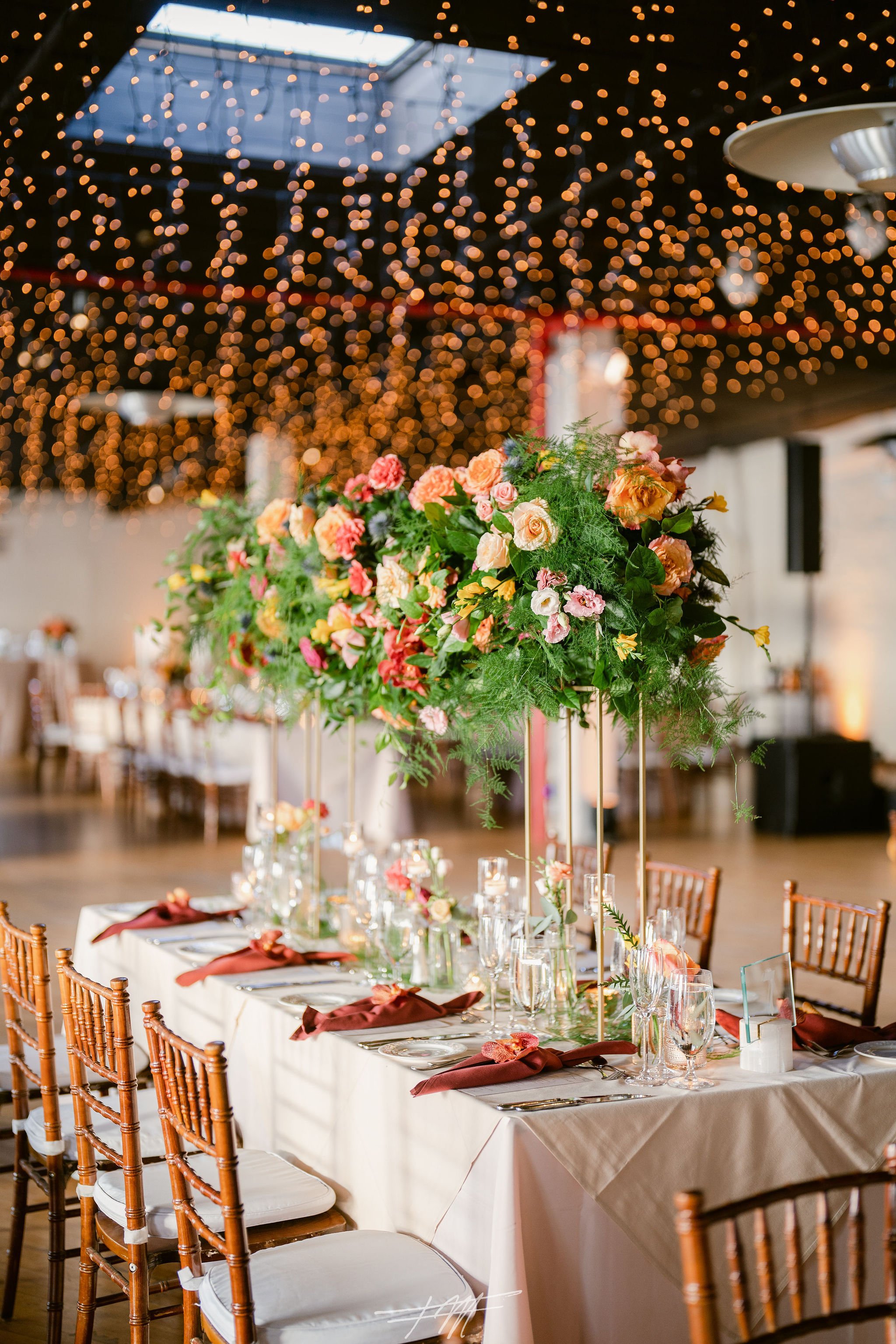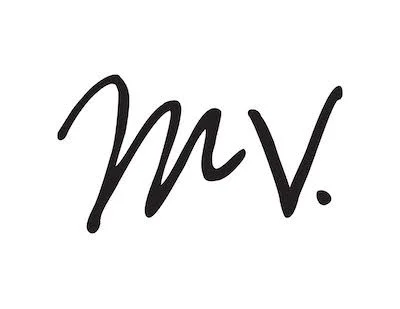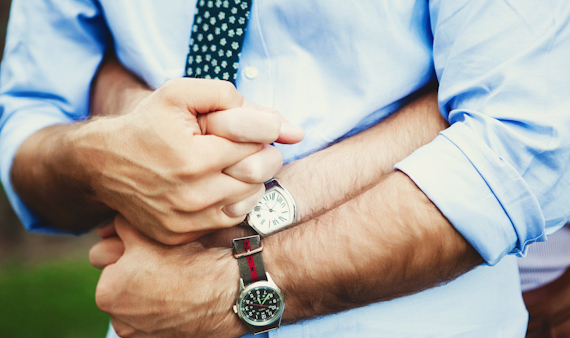How To Choose Flowers for a Wedding: Ode à la Rose and Bastille Flowers & Events
Your wedding day is one of the most important days of your life, and choosing the right flowers can make all the difference. Flowers are integral to most weddings, as they can help set the tone for your special day. But with so many different types of flowers, it can be overwhelming to know where to start. In this simple guide, we'll walk you through everything you need to know about how to choose flowers for your wedding.
Who We Are
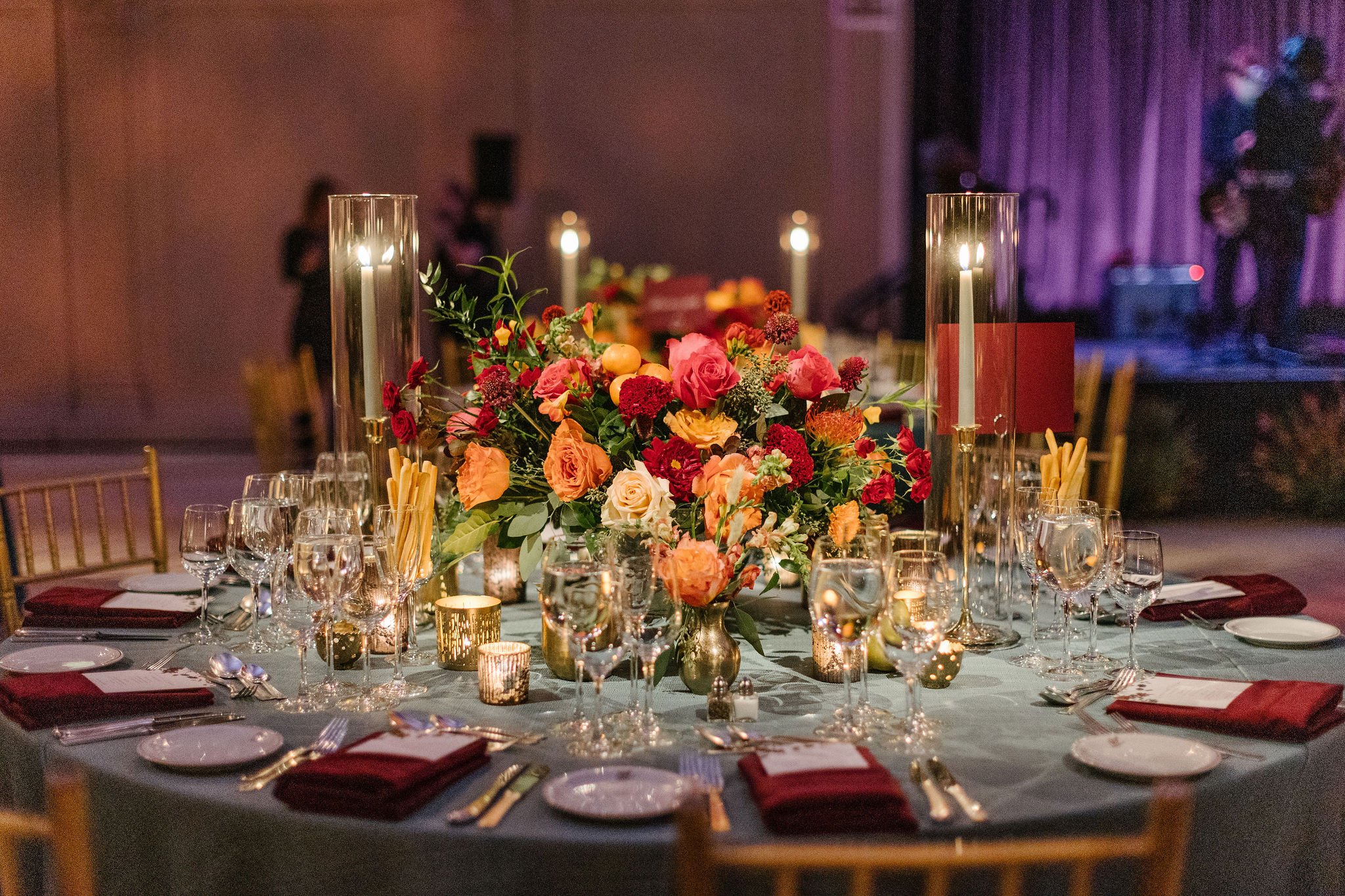
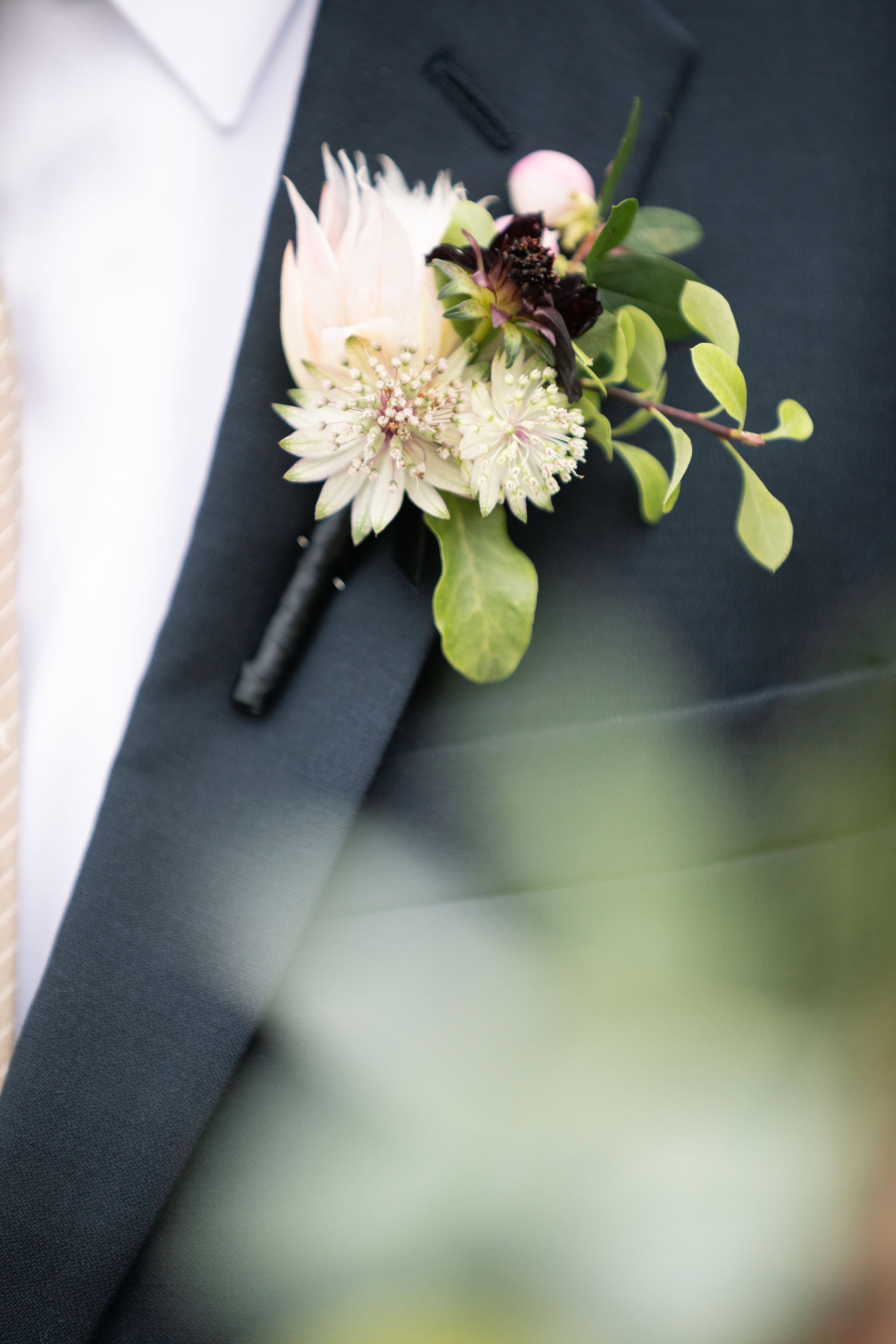
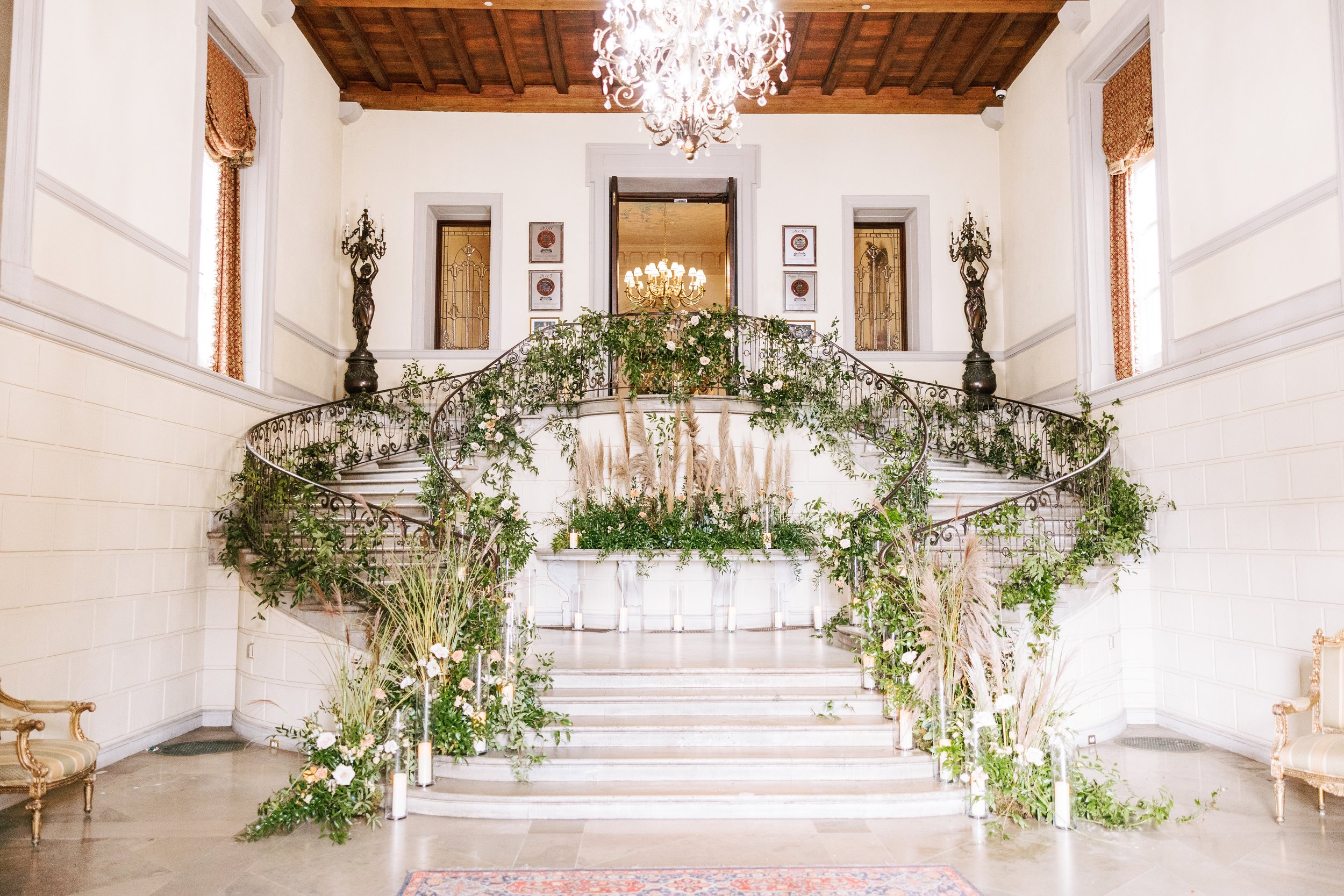
Ode à la Rose is a French florist/flower delivery company founded in NYC over ten years ago. We now have six locations throughout the US from where we offer same- and next-day flower delivery. Our French-style flower arrangements are elegantly designed & hand-tied by our in-house expert florists. In 2019, Ode acquired Bastille Flowers & Events, a boutique floral and event design firm. Under the direction of founder Emily Pinon - Paris-trained floral maestro - Bastille provides unparalleled service, meticulous attention to detail, and luxury. Upon bringing Bastille into the Ode family, weddings became an increased focus, with two main offerings: 1. Bastille's fully custom, white-glove floral & event design – the best-in-class choice for upscale weddings; and 2. Ode's online a la carte ordering of centerpieces, bouquets, boutonnieres, and more – the hassle-free option for tighter budgets that doesn't compromise on quality. With our vast experience in the floral industry, we are uniquely qualified to provide some helpful tips, so without further ado, let's get to them!
~~~
1. Determine Your Floral Budget
Before you start looking at flowers, setting a budget for your wedding flowers is essential. Your budget will determine how much money you can set aside for your flowers and the types of flowers you can use in your arrangements. Most couples spend around ten percent of their wedding budget on flowers, but that number can vary depending on the types of flowers you order and how many arrangements you need. A bigger budget will allow for more elaborate designs and pricier flowers while prioritizing certain types of greenery or other floral accents can be a beautiful and cost-effective option for couples with tighter budgets.
2. Find a Wedding Florist
Once you have a budget, it's time to find a wedding florist. Your wedding florist will help you with all the specifics of determining the florals for your wedding. Finding a florist who understands what you want is crucial because they will bring your vision to life. They'll also be a valuable resource for providing expert insight about your wedding flowers and helping you make tough decisions, like choosing between similar varieties of flowers. When researching potential florists, check out their previous work and read reviews to get a sense of their style and specialties (no two florists are alike!). Location (unless you are working with a large budget) and availability are two requirements that can help narrow down your initial search. Your wedding venue will often have a list of preferred florists, which can be a helpful starting point, but make sure to vet them & don't let this be a reason not to work with a great florist you found elsewhere. The main benefits of selecting a florist from your venue’s preferred vendor list is that you can be assured they are familiar with the venue (less chance of random issues with delivery/set-up) and they may have photos of their previous work in your venue (making it easy to picture how it will look on your big day). One final consideration for choosing a wedding florist is their personality & communication. While not as important as their actual floral work, it’s great to have a florist who is easy to work with and responsive when you have questions & feedback.
3. Find & Compile Wedding Flower Inspiration
Begin by brushing up on wedding flower trends or browsing photos from real weddings and Pinterest. If you are attending any weddings of family or friends, take a closer look at what types of arrangements they have and how you like them. You might find floral arrangements that you love (and can show the pictures to your florist), but at the very least, you'll develop a general sense of your preferences. Make notes about your likes/dislikes across several categories, including size, color, shape, texture, style, and accessories (e.g., vases). If you don't have strong preferences on some of these at first - that's okay! While some people have strong feelings about all aspects of their florals going in, others only know what they like after researching. And for some, the specifics aren't super important, and they only have a few general preferences. It's helpful to know which group you and your fiancé fall into, so the time spent on flowers / with your florist (and by whom) is appropriate.
4. Decide on What Arrangements You Need
Before choosing specific flowers, you must know the basics of wedding flowers. There are three main types of wedding flowers: personal, ceremony, and reception. Personal flowers include any bouquets carried by the grooms and their wedding party, boutonnieres, and corsages. Ceremony flowers include altar arrangements, aisle markers, and pew decorations. Reception flowers include wedding centerpieces, table arrangements, and other decorative accents. Depending on the type of ceremony you have and personal preference, you may only need some of these arrangements and can prioritize accordingly. As one example, you may decide that you don’t need any personal bouquets which would allow you to either have more exquisite or a larger number of table arrangements, or you can use those savings for other non-floral parts of the wedding.
5. Considerations: Wedding Color Palette, Style, Season, & Budget
Color Palette
Your wedding color palette should be the starting point for choosing your wedding flowers. Your flowers should complement your color scheme, not clash with it. If you need help figuring out where to start, look at photos of past weddings from your venue to get a sense of the color palettes you do or don't like. After you have begun to narrow in on the color(s) that you want to focus on, consider using a color wheel to help you choose complementary colors.
Style
Your wedding style can be a great source of inspiration for your wedding flowers. If you're having a rustic wedding, choose flowers with a more natural, organic feel, such as wildflowers, sunflowers, and daisies. If you're having a modern wedding, you might select flowers with a more sleek, contemporary feel, such as orchids or calla lilies. If you're having a romantic wedding, choose soft and delicate flowers, such as roses, peonies, and hydrangeas.
Season
Your wedding season can also have a sizable influence on your wedding flowers. Certain flowers are associated with different times of the year. For example, you may want your winter wedding to reflect the season and choose flowers such as holly or amaryllis. In addition to being 'on brand' with the season, many flowers are seasonal, unavailable year-round, lower quality, or more expensive when out of season. So, if you're having a summer wedding, choose flowers in season during the summer months, such as dahlias, sunflowers, and zinnias.
Budget
It's important to be realistic when choosing your wedding flowers. While it's tempting to go all out and choose the most expensive flowers, it's important to remember that flowers can be a significant expense in your wedding budget. Be sure to choose flowers that suit your budget and that you can afford. Picking flowers in season and understanding substitution options for more expensive varieties are ways to maximize your floral budget while still having the wedding flowers of your dreams. Like most things, these decisions come down to personal preference. If you’re looking to stretch your floral budget, consider opting for a more minimal or simple aesthetic and incorporating more greenery (and fewer flowers) into your arrangements.
~~~
While the overall importance of wedding flowers depends on the couple, whether you have only a couple of simple arrangements or if florals are a defining feature of your wedding, it is vital to get them right. The process starts with determining your wedding flower budget and then doing adequate research to pick a wedding florist that fits your needs. Do your best to find inspiration and form an opinion on specific characteristics you like (or dislike) in wedding flowers to give your florist as much information as possible. Be sure to consider your wedding color/palette, overall style, season, and budget when deciding on the specific blooms to be included. Follow these tips, and you'll be sure to have the wedding flowers of your dreams that will only enhance what should be one of the happiest days of your life!


